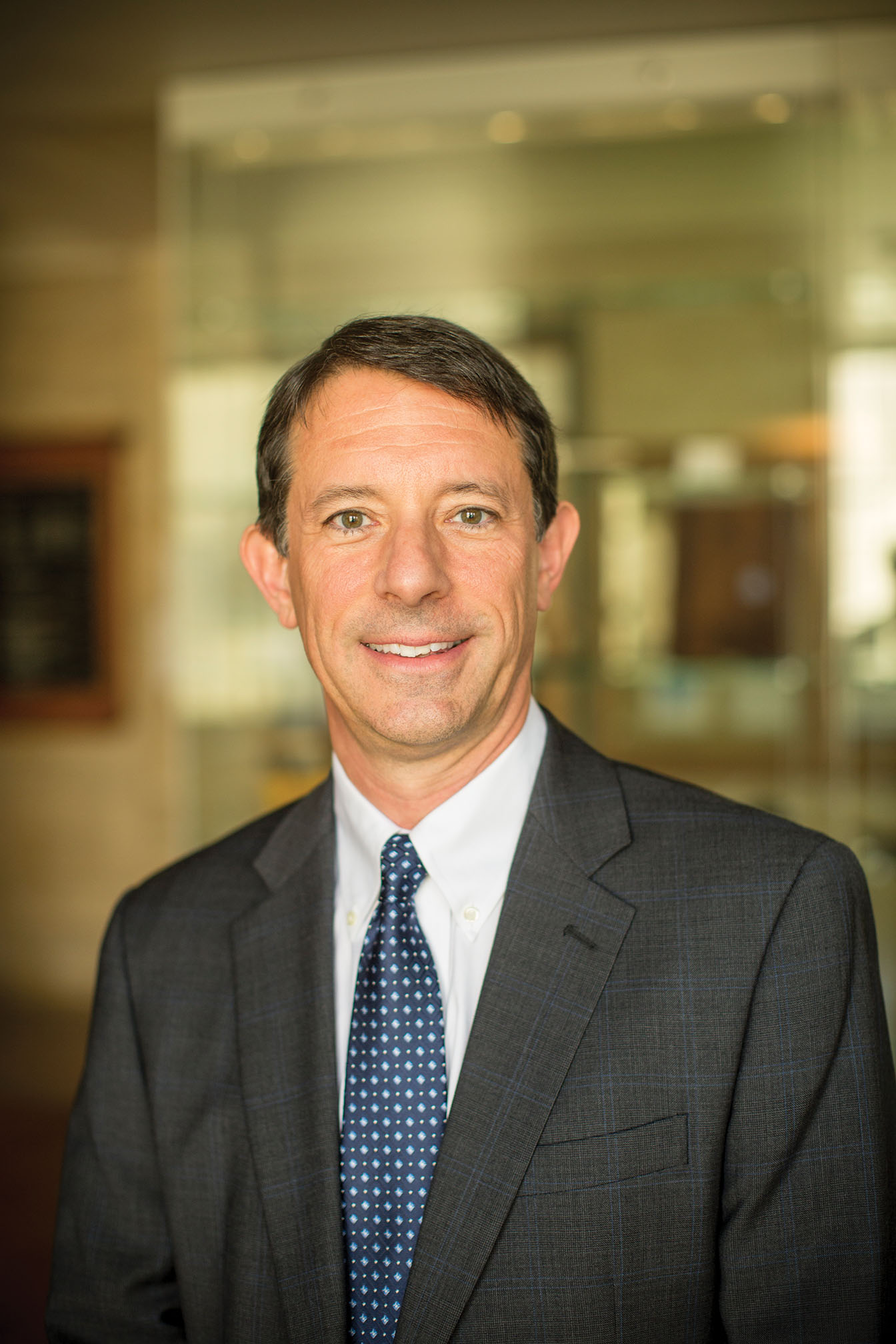A new season for manufacturing
Manufacturing has long been a major strength at Lehigh. Beginning with our historical ties to Bethlehem Steel, generations of engineering graduates have taken positions of industrial and academic leadership in manufacturing, often as an outgrowth of collaborative research projects involving faculty members and industrial partners.
Our students benefit from these partnerships. Through our Integrated Product Development, Integrated Business and Engineering and similar programs, engineering students have teamed with students in business and the arts to design and make products for industry sponsors. They have also collaborated on manufacturing projects with students from local middle schools.
This issue of Resolve takes a look at more recent developments in manufacturing—the advanced systems, processes and materials that are helping to support a 21st-century rebirth of the science and the technology of making things.
The article “Moving at Warp Speed: Advanced Technologies Add up to Innovation in Manufacturing,” gives an overview of some of our advanced manufacturing activities. These endeavors include metal forming, welding, injection molding and additive manufacturing, or 3D printing as it is popularly known, and they utilize polymers, nanocomposites, metals and other materials.
Much of the progress in advanced manufacturing has been made possible by research at the microscale and the nanoscale that gives us unprecedented control over deposition and other fabrication techniques and over the composition and properties of materials as well.
The applications of advanced manufacturing at Lehigh are coming in a variety of areas, from biodegradable scaffolds and kidney dialysis filters to LEDs, solar cells and lighter-weight car structures.
The in-depth article titled “In Pursuit of the Deadly Tumor Cell” explores a specific advanced manufacturing project with critical medical significance. Yaling Liu, associate professor of mechanical engineering and mechanics, and his students are working with researchers at the University of Pennsylvania and the Max Planck Institute to build and test a ‘lab-on-a-chip” that can detect the presence of a relative handful of tumor cells circulating in a milliliter of blood.
Liu, an affiliated faculty member in our bioengineering program, has patterned the “capture pad” of his device with biomimetic nanoscale features to improve its efficiency and selectivity for targeting cancer cells.
Another project with a much-needed medical application is the subject of the article “Taking the Pulse of the Market.” This piece chronicles the efforts by two of our senior faculty members in chemical and biomolecular engineering, Mayuresh Kothare and Shivaji Sircar, to commercialize a smaller and more efficient medical oxygen concentrator for persons with chronic obstructive pulmonary disease.
The Q and A in this issue features John D. Simon, who will become Lehigh’s 14th president on July 1. Simon, currently the provost at the University of Virginia, has gained international renown for his educational leadership at UVA, Duke University and the University of California at San Diego and for his pioneering research in several fields of chemistry, including melanin and ultrafast chemistry.
The final feature is devoted to our Rossin Fellowship Programs. These programs, which are supported by the endowment of the engineering college by the late Peter C. Rossin ’48 and his wife, Ada, help new students and faculty members thrive while charting their futures.
I hope you enjoy this issue of Resolve. Please drop me a line with your thoughts and comments.
Daniel Lopresti
Interim Dean
P.C. Rossin College of Engineering and Applied Science
lopresti@lehigh.edu
Posted on:


